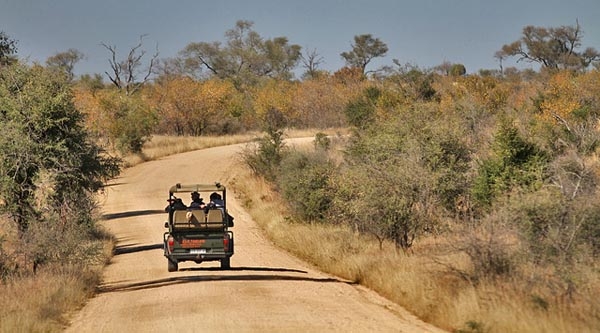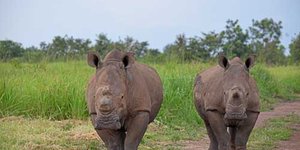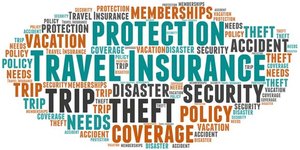Like this article?
Go on, give it a kudu!

Published on February 06 2014
Written by:
Fran
1027 views
Nothing beats the thrill of a self-drive safari with your loved ones, but at the same time it can be incredibly daunting when big wildlife brushes against your vehicle, without the safety or protection of an experienced guide. National wildlife parks such as the Kruger National Park in South Africa is well-suited for a self-drive safari, but no one should approach such an adventure without familiarizing themselves with the natural environment which you will be moving through, the wildlife that roam here, and what precaution and safety measures need to be followed. The Kruger National Park were in the news more than once lately because of self-drive safaris turning into threatening situations. Things can go wrong very easily – we are talking about majestic wildlife and not domestic animals. You are entering their territory. For our own safety, let us consider the safety basics:
Never venture away from roads
This is one of the basic bush rules in all national parks: no vehicle, no matter how seemingly off-road you believe your vehicle to be, may stray from the road. We are not proving vehicle performance in national parks, we are entering wildlife territory and for our safety, and the safety of our wildlife, it is absolutely paramount that no self-driver should steer their vehicles from the designated roads. You may have seen or experienced guides taking you off-road, but remember that safari guides are highly trained individuals, they know their wildlife and they know what to do should wildlife trouble or threats arise.
Never leave the safety of your vehicle
There is anything between 1,600 and 2,000 lions in the Kruger National Park alone. Lions are just one of the dangerous hunters in the park, not to mention the danger of an aggressive elephant or hippo. But it is the hunters in particular that pose the greatest threat – surprise attacks and speed are a lion’s most successful attack strategy. No matter how valid your reason, never leave the safety of your vehicle. Rather be prepared and call on park management for help (thus remember to keep any such emergency contact numbers at hand if you are planning on a self-drive safari).
The rhythm of wildlife
In the bush, time passes a whole lot differently. Do not try to rush wildlife across the road, or usher them along with your vehicle. This is looking for trouble. Allow wildlife the freedom to move along at their own pace. Although this may take patience on your part, you will be rewarded with wonderful wildlife viewing, and safe interaction between man and beast.
Keep a safe distance
Keeping a safe distance from lions, elephants, rhino and other large wildlife is your greatest safety defense. In two very unfortunate incidents in the Kruger National Park recently, self-drive safari enthusiasts ignored this basic rule. Wildlife can be unpredictable, especially to the untrained eye. Elephants reacted to feeling threatened, charged and trampled the vehicles. As unfortunate as this whole situation is, let us learn from this by keeping our distance.
If you have never been on an Africa safari before, perhaps you will feel safer with the guidance and experience of a safari guide on board. But for the adventurous among us, a self-drive safari is a thrill that continues to satisfy. There is no need to feel that a self-drive safari is too dangerous – our biggest concern is self-drive safari and park visitors that do not keep to the very basic of safety rules. Most of the incidences we’ve heard lately could have been avoided if the safety rules were kept. Regardless of which park, reserve, lodge or other wildlife location you intend to visit, the safety rules stay the same. Take these to heart, and you will be rewarded with a special interaction with Africa’s greatest and dearest.
Photo credits: some rights reserved by nathangibbs via flickr [Creative Commons]
Has been on: 11 safaris
Seeing beyond the average tourist routes and experiencing local life is my type of travel! Living in South Africa I'm an environmentalist at heart, and I continue to marvel at the beauty of the African continent.
© Your African Safari Ltd, All rights reserved.
Your African Safari is a safari-planning and safari review site. It was created to help support a healthy African wildlife population. All reviews are vetted before being approved and only ethical tours are published

Garamba National Park—an anchor of hope in the Democratic Republic of Congo
Published on January 09 2025
By: R.W.

Namibia imposes new visa requirements
Published on July 25 2024
By: yourafricansafari.com

Do I really need travel insurance or travel protection for my safari?
Published on July 30 2024
By: yourafricansafari.com